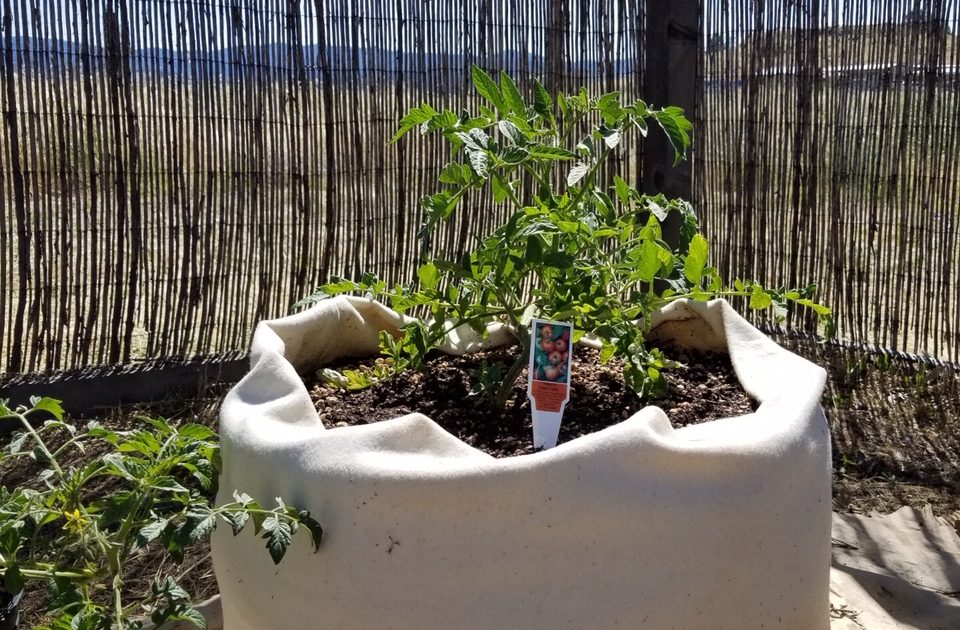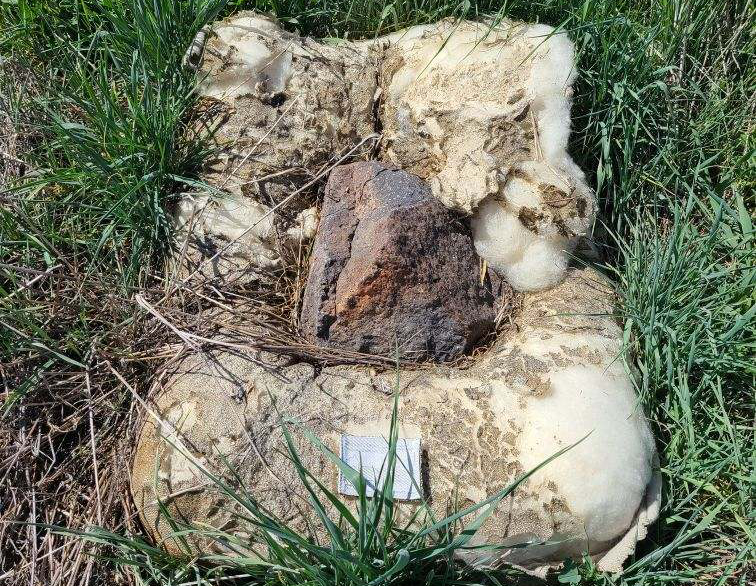At Shepherd’s Dream, we talk a lot about sustainability because it’s inherent in everything we do in our business, from the grass the sheep eat to what materials we choose to construct our mattresses. Wool is quite simply the most natural choice for your best night’s sleep and our planet’s health. We weren’t sure wool could get any more amazing, but did you know that wool is also compostable?!
Wool composting has a long history in the United Kingdom, and for great reasons. It has many of the properties gardeners look for, including:
- Excellent water management— Wool aerates the soil, retains water, and prevents runoff. It’s one of the best replacements for peat moss, which is almost a non-renewable resource due to the thousands of years it takes for nature to create it.
- High nitrogen content— The magic ingredient for gardens! Compost-containing wool can have more nitrogen than commercially available compost, and wool slowly releases it into the soil over time.
- Other trace elements— Nitrogen is far from the only element needed in a healthy garden. Wool also contributes potassium, sodium, iron, phosphorus, and sulfur-rich proteins.
- Natural weed and pest management— When used as a mulch, wool helps prevent weed growth. There’s even evidence to suggest that it helps deter those pesky slugs and snails who don’t enjoy the texture of the fibers.
We decided to put it to the test for ourselves, so we tried it out in the garden and retired a wool mattress of ours into a field to see what would happen.
Our Experiments
Two years ago, we decided to see what would happen if we put our wool sample mattress, organic sateen, and mattress protector outside directly on the ground. We secured our products with rocks and offered no additional composting help—just letting the elements and Mother Nature do their thing.
The sateen and protector composted the fastest, and now lots of plants are growing out of their place. The 5″ mattress sample encasement is nearly gone, with just the wool batting exposed. Birds occasionally come to grab some batting for their nests—it’s been fun watching nature take back natural products!
At the garden at our production site, we made flower pots out of our wool mattress protector and they worked amazingly. As the rumors suggest, the wool kept snails from slithering in and eating our tomatoes! The pots also allowed the roots to pass right through to the soil beneath. We think this is another wonderful way to reuse wool products, and as the wool breaks down slowly, it continues to nourish the plant with its slow-release of important things that help plants grow healthy and strong.
Closing the Loop
Considering an estimated 50,000 mattresses are thrown away each day in the United States, having another option for wool besides the landfill is a big consideration. Most of these mattresses are conventional coiled mattresses made with plastics or synthetic foam mattresses, all of which have depressingly long breakdown times. You can learn more about mattress recycling here.
Just imagine how amazing it would be if everyone purchased mattresses made almost entirely from wool that came from sheep in their region, and after sleeping on their mattress for decades, they composted the wool in their garden! It may seem far-fetched, but this is the vision we strive for every day here at Shepherd’s Dream, and we’re living proof that a company can thrive by choosing practices that benefit us and the Earth.



